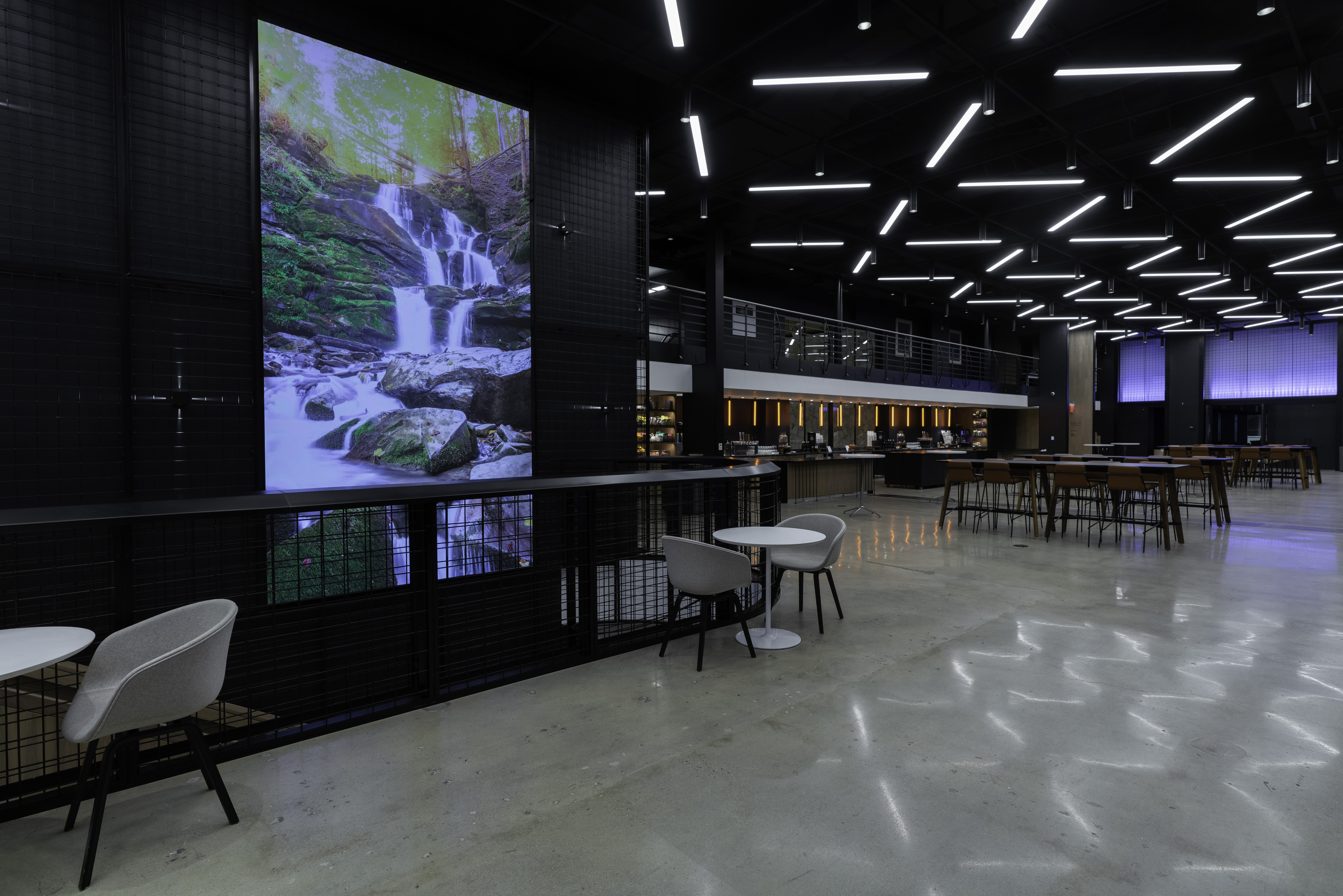Examining the Wide-ranging Connectivity Solutions Offered for LED Display Modules
Examining the Wide-ranging Connectivity Solutions Offered for LED Display Modules
Blog Article
Light Emitting Diode display panels have gained popularity for their capacity to deliver high-quality imagery in multiple settings, from corporate environments to event venues. One of the primary aspects of these panels is their connectivity capabilities, which allow users to connect them to different devices and systems. Understanding the diverse connectivity options available for Light Emitting Diode wall panels is essential for maximizing their use and effectiveness. This discussion explores these features, showcasing how they can cater to various needs and preferences.
One common interface method for LED wall panels is HDMI. HDMI is broadly recognized for delivering high-quality video and audio streams between components. This connection type is especially beneficial in commercial settings, such as meeting spaces or classrooms, where presentations or video content are often displayed. By using digital connectors, operators can easily connect laptops, projectors, and streaming equipment to LED wall panels, guaranteeing a sharp and vibrant display of media.
Another popular interface method is DisplayPort, which is similar to High-Definition Multimedia Interface but offers additional advantages. Display Port can support elevated refresh rates and resolutions, making it an excellent choice for gaming or design-heavy applications. For those deploying LED wall panels in environments where output quality is essential, such as esports arenas or design studios, DisplayPort can provide the required visual clarity. Additionally, many modern computers and graphics cards include DisplayPort connections, making it a convenient solution for technology-oriented users.
In addition to HDMI and Display Port, cordless connectivity options are becoming progressively prevalent in Light Emitting Diode wall panel solutions. Cable-free connections allow users to transmit content without the need for physical cables, enabling a streamlined and more adaptable configuration. Technologies such as Wi-Fi and short-range communication enable users to connect smartphones, tablets, and laptops seamlessly to Luminescent Diode wall panels without tangled wires. This versatility is particularly advantageous in fast-paced settings like trade shows or live functions, where rapid changes to displays are often needed.
For larger deployments or more intricate configurations, LAN integration through Ethernet is another viable option. Ethernet links provide a consistent and robust way to integrate multiple LED wall panels within a network. This setup is ideal for digital signage applications found in retail centers or airports, where numerous panels may need to display synchronized content across a wide area. By using network cabling and routing hardware, operators can guarantee that all linked panels receive uniform data and information seamlessly.
Lastly, it's important to consider the evolution of interface technology with advancements such as Universal Serial Bus-C and Thunderbolt Three. These newer connection types offer enhanced data transfer speeds and versatility by allowing one cable to handle both power delivery and data view it transmission. As more devices adopt these protocols, Light Emitting Diode wall panels equipped with Type-C ports will likely become more prevalent. This shift in integration not only improves the functionality of LED wall panels but also coincides with the growing trend of minimalism in technology setups by reducing the number of wires required.
In conclusion, exploring the diverse interface methods available for LED wall panels reveals many possibilities for users across various fields. From traditional methods like High-Definition Multimedia Interface and DisplayPort to modern wireless solutions and network connections, each option serves unique suspended led wall panel purposes tailored to specific needs. Additionally, emerging technologies like USB-C offer further developments in how professionals utilize Luminescent Diode wall panels. By understanding these connectivity choices, individuals can make informed decisions that enhance their overall engagement with these multifunctional visual solutions.